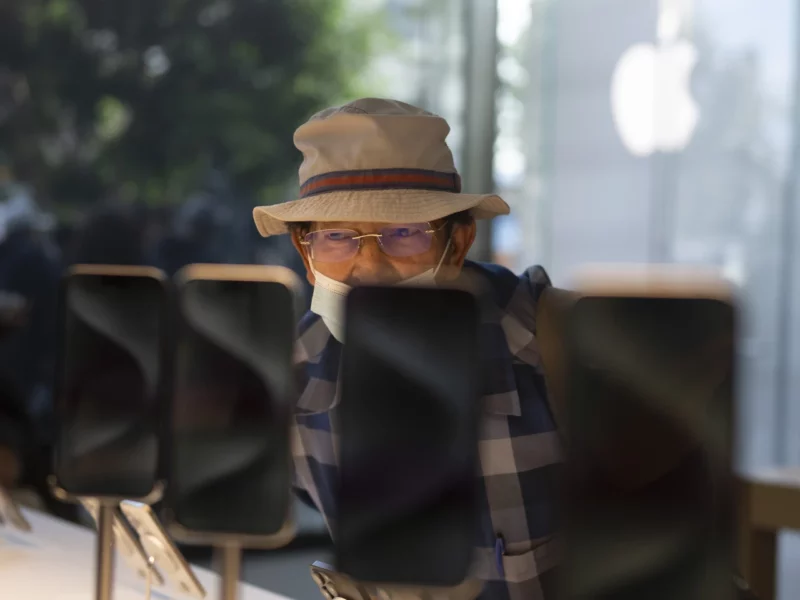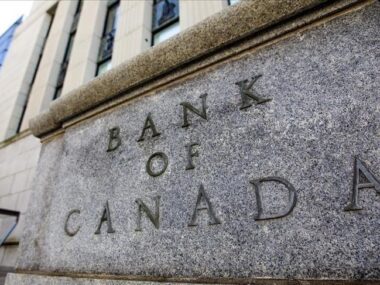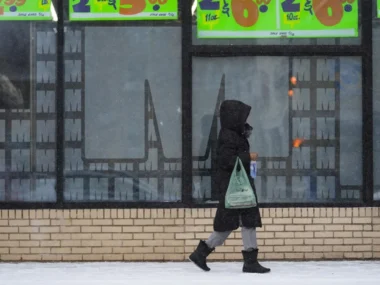In September, despite facing challenges such as higher prices and increasing interest rates, Americans displayed their unwavering resilience by continuing to spend money online, at restaurants, and in various outlets.
According to a report from the Commerce Department on Tuesday, retail sales in September surged by 0.7%, surpassing the expectations of economists and closely following the 0.8% increase observed in August, which was partially inflated due to a spike in gasoline prices. However, in September, the rise in gas prices was more gradual.
A significant retail sales category that excludes auto dealers, gas stations, and building materials, and contributes to the gross domestic product, saw a 0.6% increase compared to the previous month.
The sales figures reported on Tuesday have not been adjusted for inflation. However, it’s important to note that the cost of goods saw minimal increases last month, so the upsurge in spending is not necessarily a result of higher prices. In fact, prices for durable goods, including items sold by appliance and electronics stores, actually decreased last month.
The government’s monthly retail sales report provides only a partial view of consumer spending, as it excludes many services like healthcare, travel, and hotel lodging. However, it does cover spending in restaurants, which experienced a substantial 0.9% increase. Online spending also saw a notable 1.1% rise last month. General merchandise stores reported a 0.4% increase in sales.
Sales at home furnishings and furniture stores remained steady, while electronics stores and businesses selling building materials experienced declines, reflecting the challenges in the housing market.
This retail sales report marks the sixth consecutive monthly increase, underscoring that American consumers, as a whole, are maintaining their spending habits, which play a pivotal role in driving the economy. This strong performance is encouraging as we approach the crucial holiday shopping season. However, the robust sales report may also keep the possibility of additional rate hikes by the Federal Reserve open, potentially leading to higher interest rates for consumers.
Christopher S. Rupkey, chief economist at FWDBONDS LLC, a financial markets research company, noted, “If the cost-of-living crisis has impacted consumer confidence, you wouldn’t be able to tell from the second month of robust retail sales, with consumers seemingly buying everything in sight. Fed officials have another rate hike planned for this year, and they may need to implement it if economic data continues to exceed economists’ expectations.”
Nevertheless, there are uncertainties about whether consumers will withstand the increasing stream of negative developments related to federal budget disputes, the resumption of student loan payments, and the new global tensions resulting from the unexpected attack by Hamas in Israel on October 7. The moratorium on student loan payments ended on October 1, and analysts suggest that shoppers could also become anxious if the Israel-Hamas conflict escalates.
Additionally, the unrelenting spending by consumers has consequences for their household finances. Tim Quinlan, a senior economist at Wells Fargo Economics, noted, “We have consistently underestimated the U.S. consumer. However, in their pursuit of this spending spree, consumers have put a dent in their household finances, which is evident not only in reduced savings but also in the increasing trend of credit card delinquencies.”
Healthy consumer spending is anticipated to boost the economy’s growth rate to approximately 3.5% or possibly even higher in the July-September quarter. The robust sales in September also suggest that the economy may not decelerate as much in the final three months of the year as previously projected, according to analysts.
The retail sales report coincided with a surge in hiring across various sectors of the U.S. economy in September, despite rising interest rates and the persistent threat of a government shutdown. The strength of hiring has taken both economists inside and outside of the Federal Reserve by surprise.
Consumer prices increased by 0.4% in September, which was a slower rate of growth compared to the 0.6% seen in the previous month. The Labor Department’s report also indicated that year-over-year inflation remained steady last month, with no change from the 3.7% increase observed in August.
At the same time, retailers are introducing discounts and other incentives to encourage consumers to spend during the holiday season, as concerns about shoppers’ financial situations persist. Best Buy, the largest consumer electronics retailer in the nation, has launched a new offering that allows shoppers to access some of the most significant deals and trendy gadgets for the holiday season. These items, which were introduced late last month, are available in limited quantities and can only be accessed through the Best Buy app.











